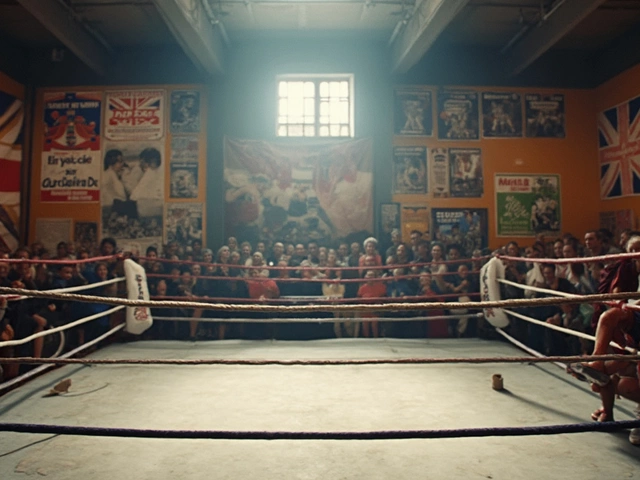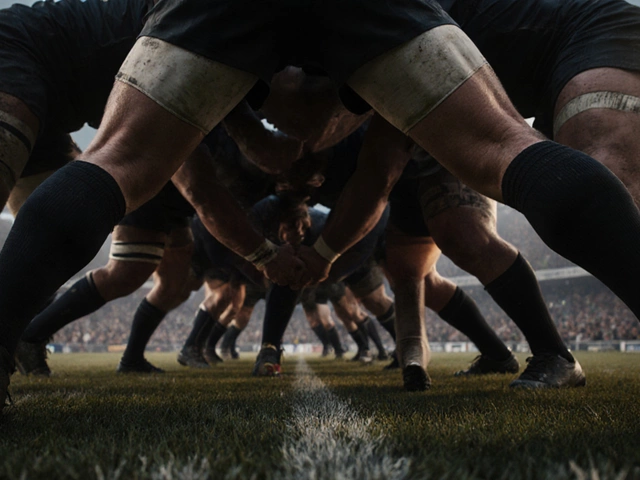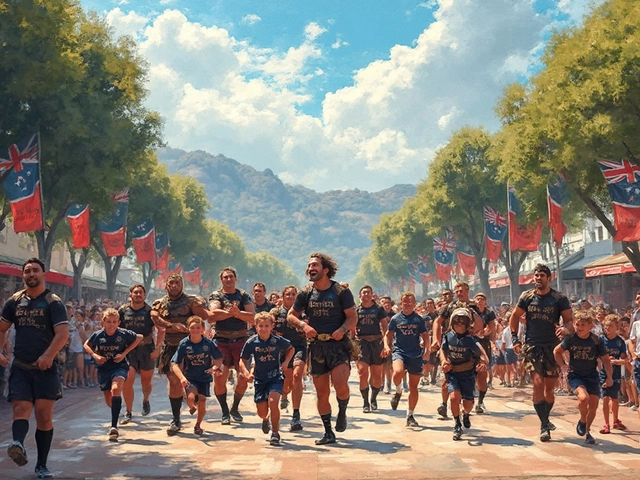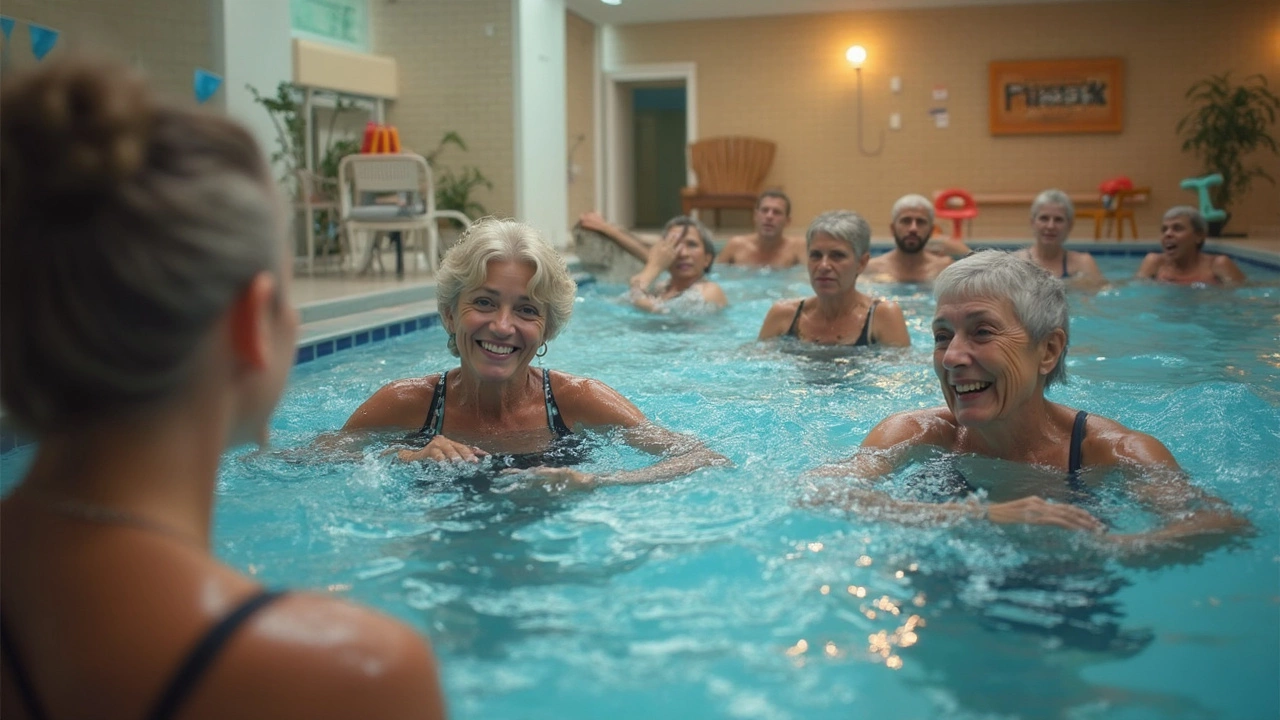
Swimming May 11, 2025
Is 60 Too Old to Learn How to Swim?
Thinking about swimming lessons at 60? The short answer: it’s never too late. Tons of people pick up swimming for the first time in their sixties, and most get farther than they ever expected. It’s normal to worry about fitness level or looking silly at the pool. Guess what? Most folks in swim classes—especially those scheduled for adults or seniors—are in the same boat (well, pool) as you.
Learning to swim brings some major perks at this age. It supports joint health, keeps your heart in shape, and lets you enjoy vacations or play with grandkids without holding back. Sure, you might not be as quick as a twenty-year-old, but who cares? It’s about enjoying the water, staying safe, and feeling good. Many swim centers now offer lessons especially for adults over 50, with a strong focus on comfort and building confidence. That’s where you’ll find friendly instructors who move at your pace.
If you’re still weighing the idea, think about the freedom that comes with being able to swim. That's worth way more than sitting on the sidelines. The only real barrier is waiting too long to start.
- Why Age Doesn’t Lock You Out
- How Older Beginners Really Learn
- Key Tips for Getting Started
- Facing Fears and Finding Confidence
Why Age Doesn’t Lock You Out
Some people still think learning a new skill in your sixties is a lost cause. That’s totally wrong, especially when it comes to swimming. Your muscles might not recover as fast as when you were twenty, but your brain is actually better at staying focused and patient. Most swim instructors agree: older adults show more discipline in lessons compared to teens. The National Institutes of Health even found that adults over 60 can learn new motor skills almost as well as younger folks when the teaching matches their needs.
Let’s look at some real numbers. According to U.S. Masters Swimming, over 21,000 members are above the age of 55. These aren’t just longtime swimmers—they include people who picked up swimming from scratch as adults.
| Age Group | Percentage of Adult New Swimmers |
|---|---|
| 40-49 | 37% |
| 50-59 | 28% |
| 60+ | 15% |
Plenty of local swimming clubs and community pools have a group just for older beginners. Nobody’s aiming for Olympic gold—they want steady progress, safety, and to have a good time.
Learning to swim at 60 is often about unlearning old fears, not just picking up a stroke. Good news is, companies and instructors have caught up—they now tailor classes for seniors. Learn to swim at 60 isn’t just possible, it’s a growing trend. Physical therapists even recommend swimming for people with arthritis and stiff joints because water cushions every move.
Bottom line? Your age won’t keep you from making strides in the pool. The biggest roadblock is usually just deciding to show up for that first lesson.
How Older Beginners Really Learn
When it comes to learning new physical skills in your sixties, swimming stands out for being totally doable. The main difference isn’t in ability—it’s in mindset and pace. Most adult beginners, especially those starting at 60 or older, pick up swimming skills by leaning on structure, patience, and steady progress instead of rushing through the basics.
In fact, the process often looks different from how kids learn. Instead of just jumping in and flailing around, older learners break skills into small chunks. They focus first on getting comfortable with the water—like learning to float or put their face in the water without panicking. It’s totally normal to need a few extra lessons just on water confidence before worrying about strokes.
Choosing a lesson aimed at adults makes a world of difference. Instructors for adult learners are trained to be patient and can explain why you do things a certain way. This is where group lessons for older adults are a great fit—everyone moves at a similar pace, nobody’s judging, and you’re supported every step of the way.
Not sure what to expect? Here’s a look at the typical learning process:
- learn to swim at 60 classes often start with breathing and simple floating, not freestyle right away.
- Instructors spend more time explaining water safety and how to relax, which is key for adults who may have water fears.
- Practice happens at your comfort level—no pressure to keep up with others.
- You’ll build on small wins, like gliding a few feet or kicking with a kickboard, before putting it all together.
Here’s some data from a 2023 study in the Journal of Aging and Physical Activity, looking at adults over 60 learning to swim:
| Average Age | Success Rate (learned basic swimming skills) | % Reporting Improved Confidence |
|---|---|---|
| 63 | 93% | 89% |
That’s a huge success rate. The study also found that most picked up water safety basics—and swam short distances—after just 8 to 12 lessons. So the process really does work for older beginners, as long as you show up, listen, and keep at it.
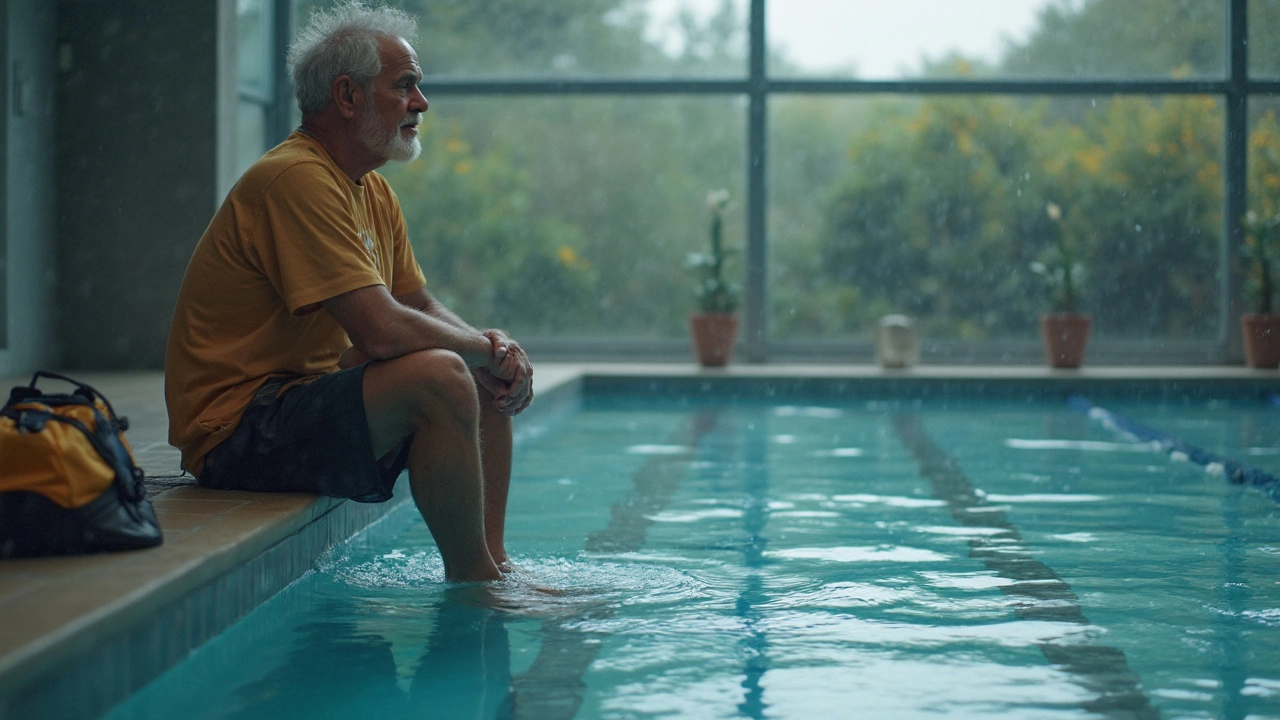
Key Tips for Getting Started
If you’re serious about learning to swim at 60, the first thing to know is that comfort in the water beats speed or style. Start slow. Most public pools offer adult beginner classes, and some even have groups just for seniors—where the instructors go slower, use simpler language, and focus on building trust with the water. Look for classes with good reviews and ask if you can observe one before signing up.
What you wear matters, too. Don’t worry about fashion. Go for a swimsuit that's snug but doesn’t pinch, and grab a swim cap and good goggles fit for adults—not kids'. Many senior beginners swear by nose clips if the feeling of water in their nose bugs them. And don’t forget slip-resistant sandals for those slick locker rooms.
Set goals you can see. Your first big win might be just standing in the shallow end without white-knuckling the rail. Celebrate the little victories. Most people—no matter their age—can float or tread water after just a few lessons. According to the CDC, swim lessons reduce drowning risk by 88% in adults who stick with it for at least six weeks.
- Pick a regular time for lessons or practice—consistency helps cement new skills.
- Bring a buddy if you can. Even watching each other improves progress.
- Chat often with your instructor. Tell them if you feel nervous—it’s normal!
- Skip any lesson if you’re feeling under the weather. Rest is part of the process.
Wondering what actual progress looks like? Here’s what many older adults achieve by sticking with lessons for just a couple of months:
| Weeks in Lessons | Typical Skill Learned |
|---|---|
| 1–2 | Comfort in the water, floating on back |
| 3–4 | Basic kicking, moving along pool edge |
| 5–6 | Front crawl basics, safe breathing |
| 7–8 | Swimming short distances, turning in water |
If you only remember one thing, remember this: Practice and patience beat raw athleticism every single time, especially when you learn to swim at 60. Don’t judge progress by anyone else’s timeline—focus on feeling better with each dip in the pool.
Facing Fears and Finding Confidence
Let’s be real: the hardest part of learning to swim at 60 isn’t your body—it’s your brain. Fear is a big deal for a lot of adults. Maybe you had a bad experience as a kid, or maybe deep water just makes your stomach drop. You’re not alone. A national AARP survey in 2022 found that almost 57% of adults over 50 feel anxious in water deeper than their chest. That’s a huge number, but a few key steps really do make a difference.
First, take it slow. Start by just getting comfortable in the shallow end. Don’t worry about strokes yet. Many swimming programs for adults use a step-by-step system to ease these anxieties. Here’s a simple breakdown you’ll see in those programs:
- Practice floating on your back and front—no need to actually swim at first.
- Blow bubbles and get used to putting your face in the water. (Sounds silly but it works!)
- Try gliding with support from the pool wall or a float.
- Only start with, say, the learn to swim at 60 mindset—small wins are still wins.
Most swim instructors are trained to spot nerves, and many use proven techniques like positive reinforcement or gentle games to build up your courage. There’s a growing trend of classes designed just for senior beginners—sometimes with no more than five or six people per group. This means plenty of individual support and less pressure.
Here’s some quick data on how adults over 60 do in swim classes, pulled from a 2023 YMCA survey across several US states:
| Age Group | Comfort Level After 10 Lessons (%) | Can Swim 25 Yards Unassisted (%) |
|---|---|---|
| 60-64 | 78% | 62% |
| 65-69 | 81% | 60% |
| 70+ | 73% | 53% |
Confidence is a muscle. Every visit to the pool makes your worries shrink a little more. Don’t compare yourself to others—compare yourself to you, last week. And don’t be afraid to tell your instructor what’s freaking you out—they’ve definitely helped someone like you before. Just showing up for that first lesson is already a massive step.

